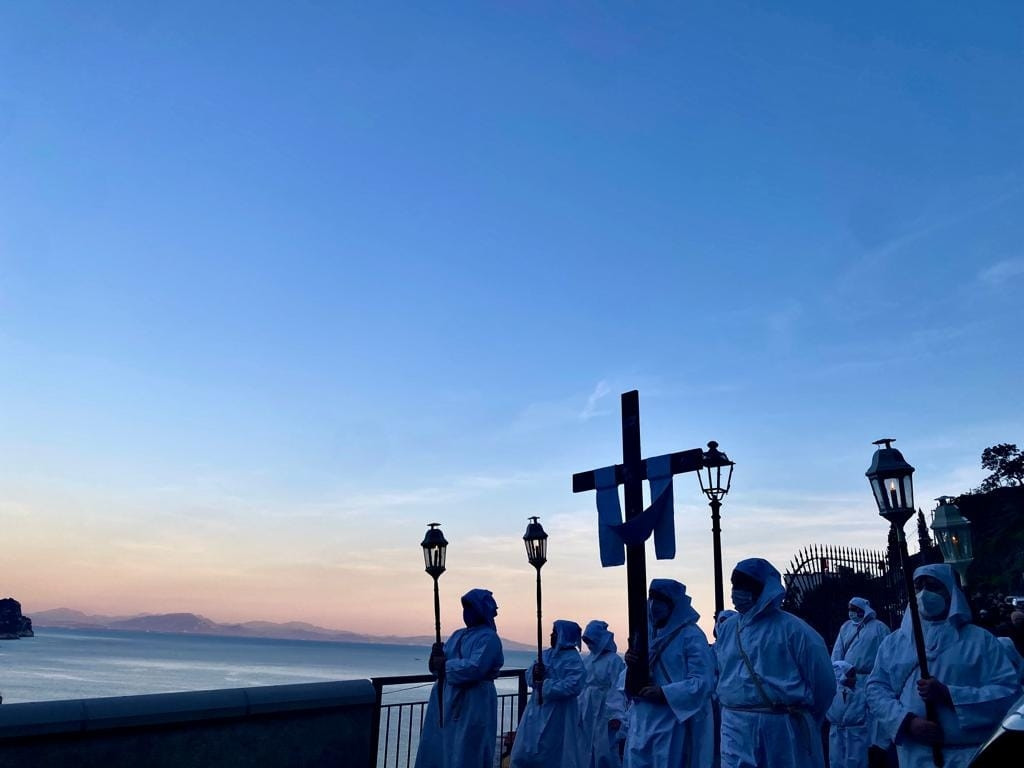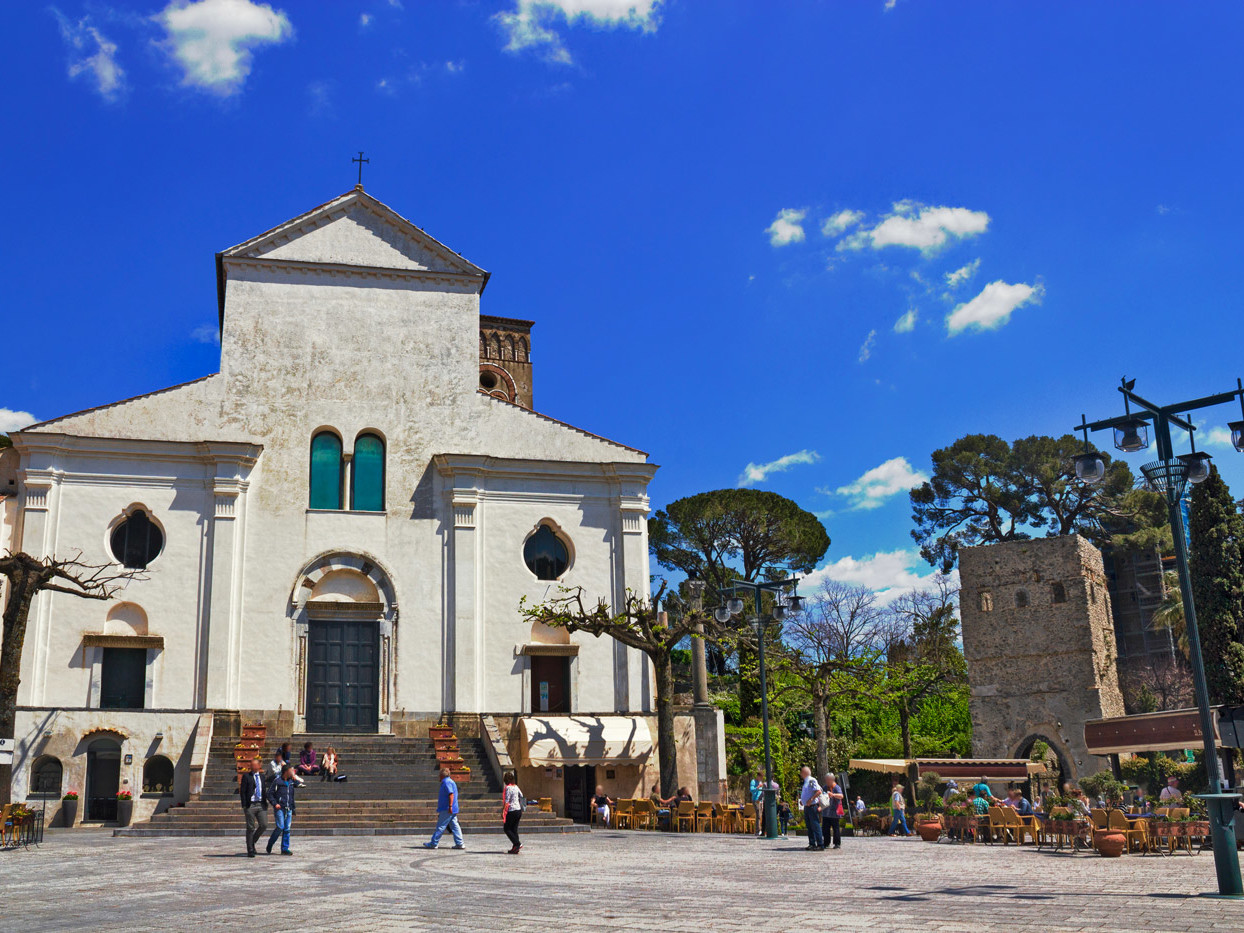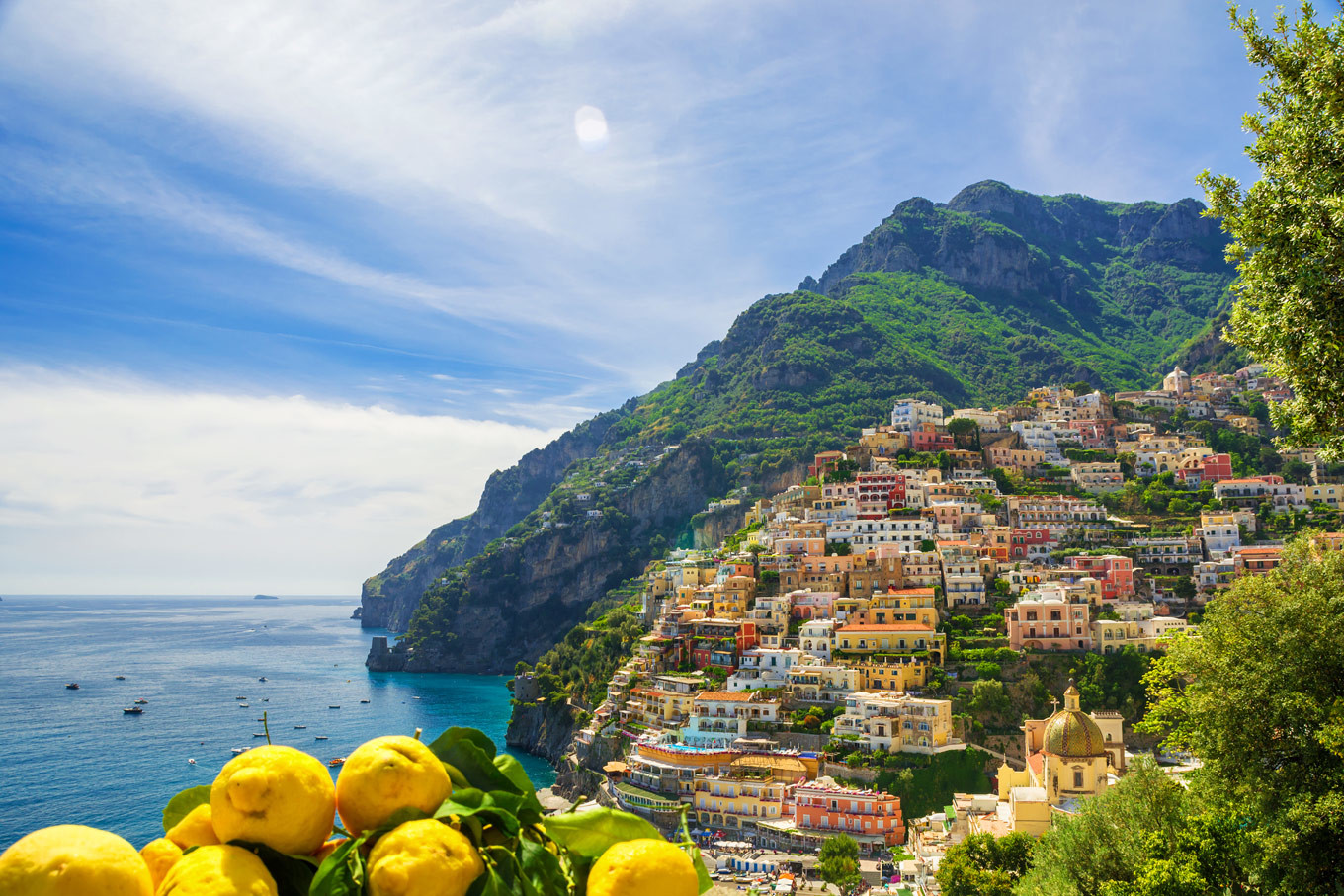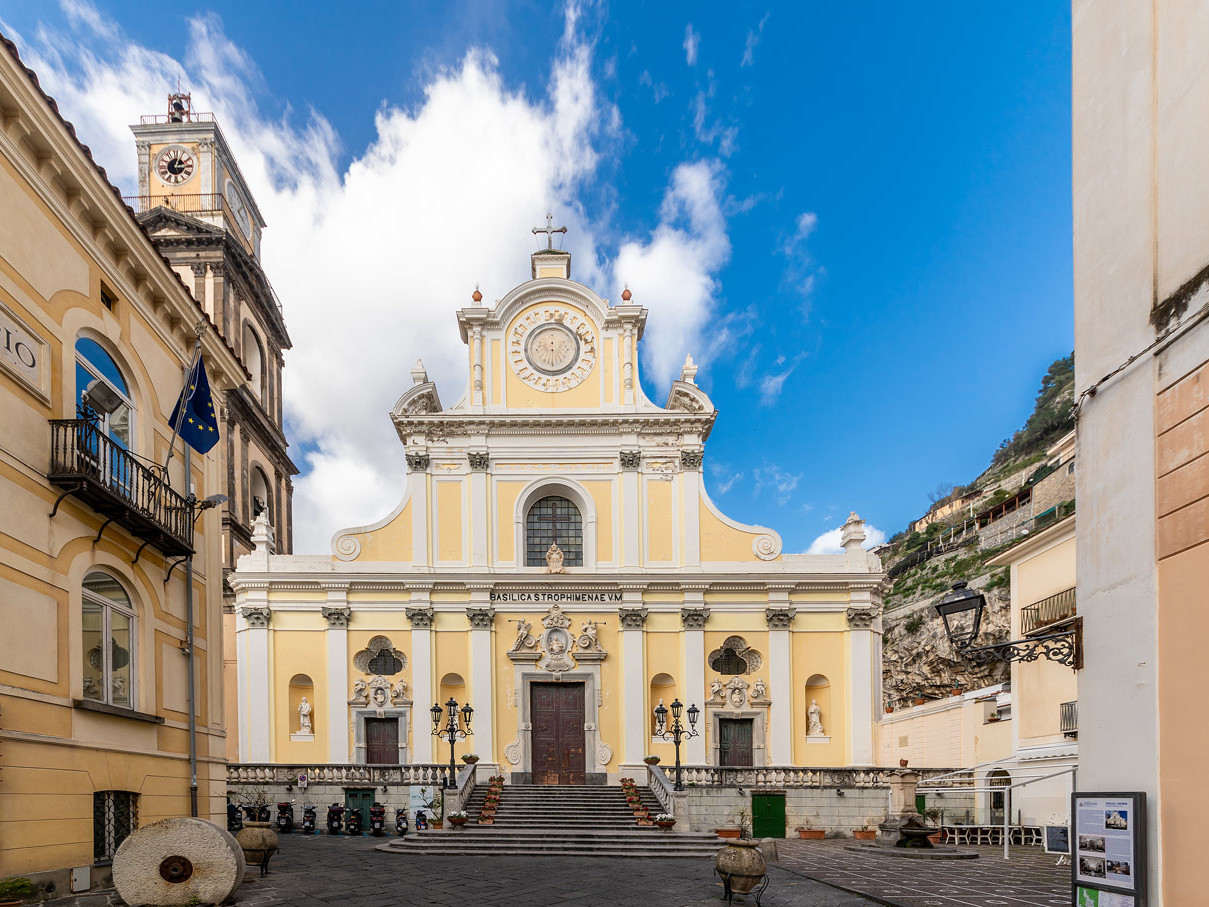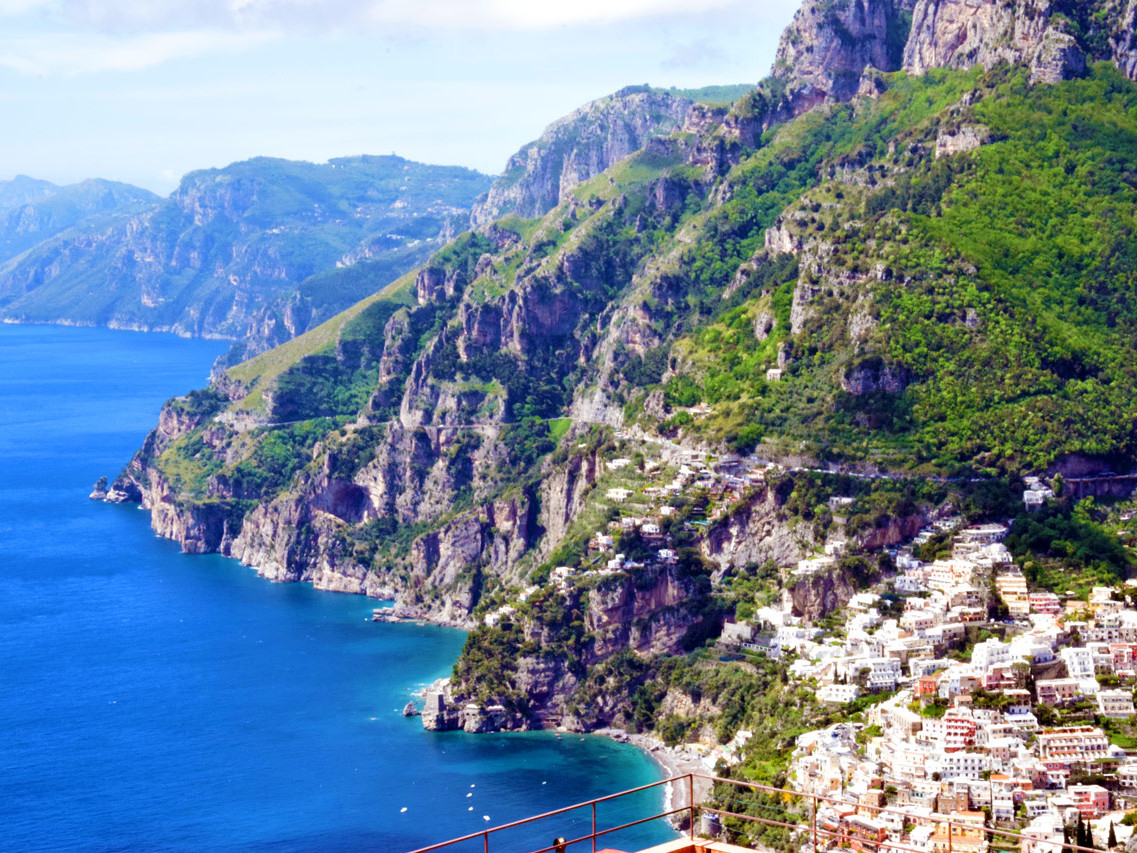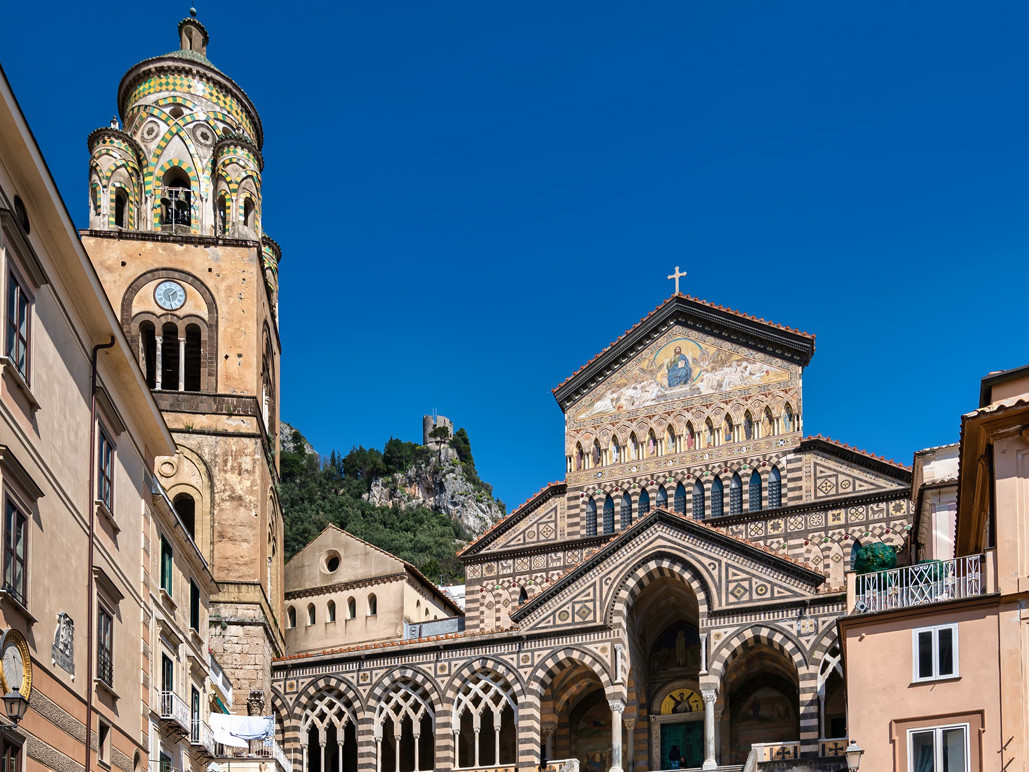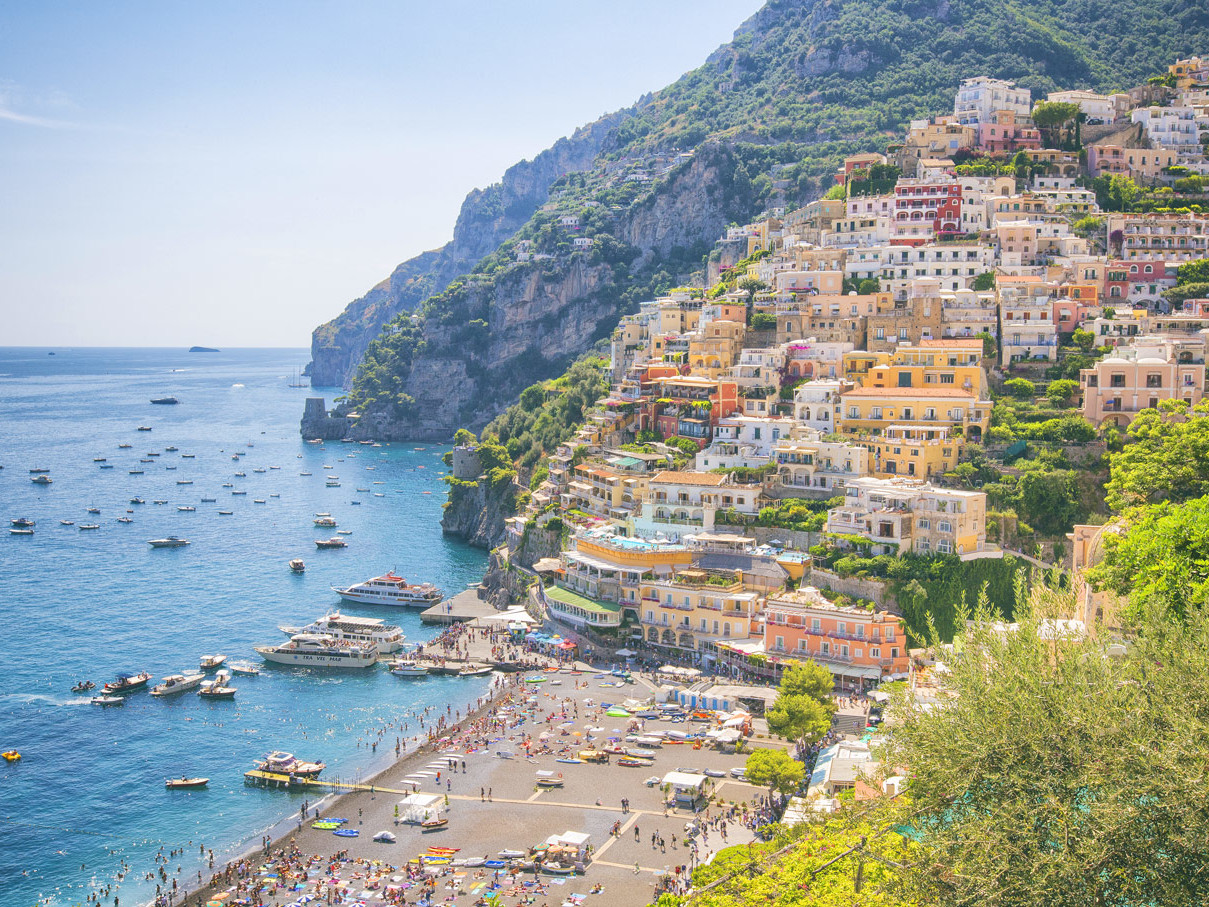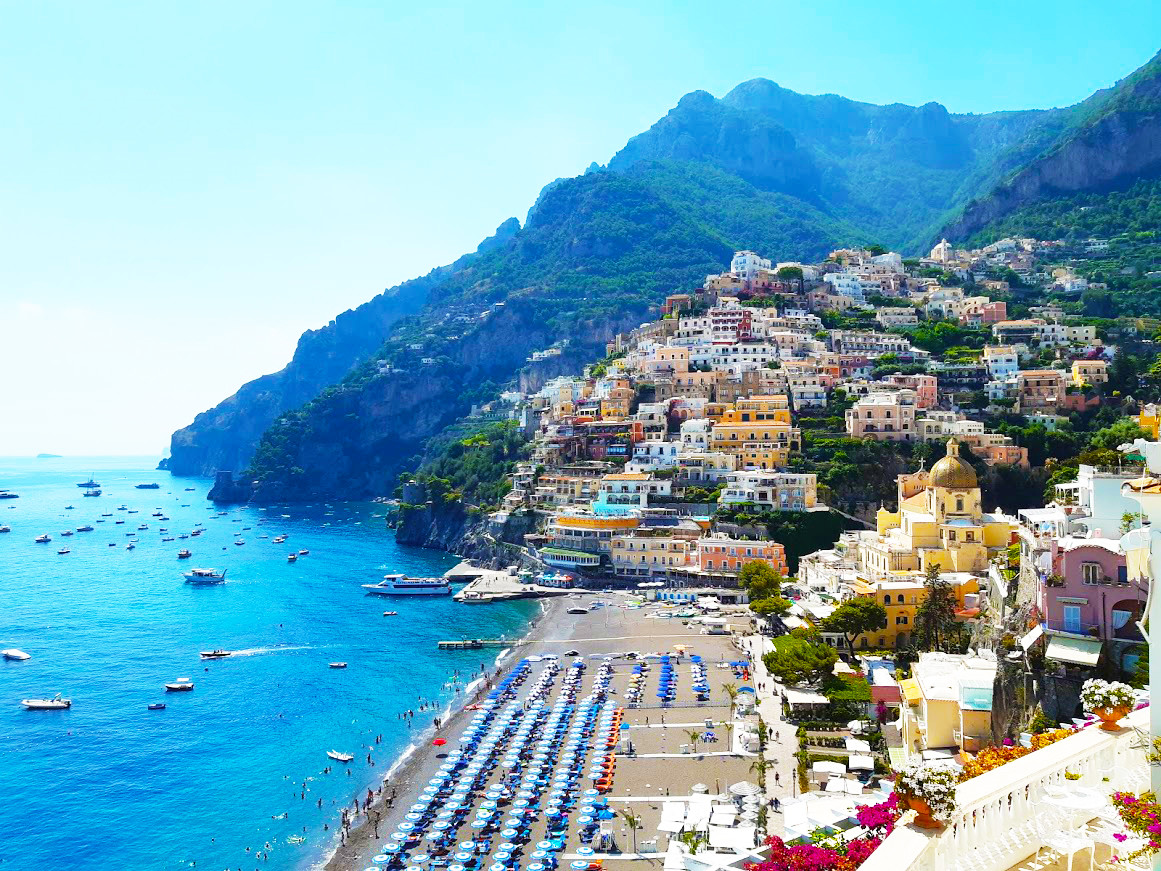June 27th: a date that brings the Amalfi Coast together
Summer always renews the traditions and religious rites on the Amalfi Coast, which express the faith and culture of an entire territory. Each town gathers its identity around its patron saint, who is celebrated heartily by the entire community, reinforcing the loyalty and affection citizens feel for them. But why is the date of June 27 so relevant to the Coast?
by Riccardo Troiano
share this article
Saint Matthew's Cathedral in Salerno
Saints and relics
The Divine Coast holds the relics of a number of saints, such as the apostle Andrew in Amalfi and the virgin and martyr Trofimena in Minori, who established centuries-old cults and shaped the history of their respective coastal towns. St. Andrew has been protecting the glorious Maritime Republic of Amalfi since 1208, when his body was secretly transferred from Constantinople thanks to Cardinal Pietro Capuano and is still venerated in the crypt of the Cathedral dedicated to him.
Differently, St. Trofimena arrived on the beach of tiny Minori between the 7th and 8th centuries. A native of Patti, Sicily, the young Trofimena suffered martyrdom in the 4th century after strenuously defending the Christian faith, opposed by the pagan religion of her time. Her body was transported and received into the town's church, where it still rests, albeit after numerous attempts to wrest it from the Minori community.
St. Andrew and St. Trofimena are considered the main protectors of the Amalfi Coast along with the evangelist Matthew, whose relics have been kept in the cathedral of the city of Salerno since the 10th century.
Why is June 27th so important?
It may seem odd, but these three saints are united by a single date: June 27! Although in recent times only Amalfi solemnly commemorates this historical event, June 27 celebrates the thaumaturgical intervention of St. Andrew, St. Trofimena and St. Matthew against the incursion of Turkish pirates. According to the account of historian Baldassarre Apicella, on June 27, 1534, the coastal territory was threatened by the fleet of the privateer Khair Ad-Din Barbarossa. The eighteenth-century author reports, “so ready was the patronage that it moved a furious storm and hurled in one point the whole Turkish armada on the high seas. ”
It is therefore important to recover the significance of this date, because it belongs to a territory brimming with history and culture, all of which should be protected and handed down to posterity, in honor of the UNESCO World Heritage title assigned to it.
Minori, S. Trofimena's Cathedral: Saints Andrew and Trofimena's intervention against the Turkish pirates.
Credits: ilvescovado.it
share this article
- Apicella Baldassarre, Narrazione storico-critica degli atti antichi e dell’invenzione, traslazione, culto e miracoli della gloriosa V. e M. Santa Trofimena, Napoli, 1789, pp. 144-146.
- Gerardo Sangermano, Minori, Rheginna Minor. Storia, arte, culture, De Luca editore, Salerno 2000.
- Luigi Ruocco, Bicentenario del II ritrovamento delle reliquie, 1793-1993, Minori 1994.





